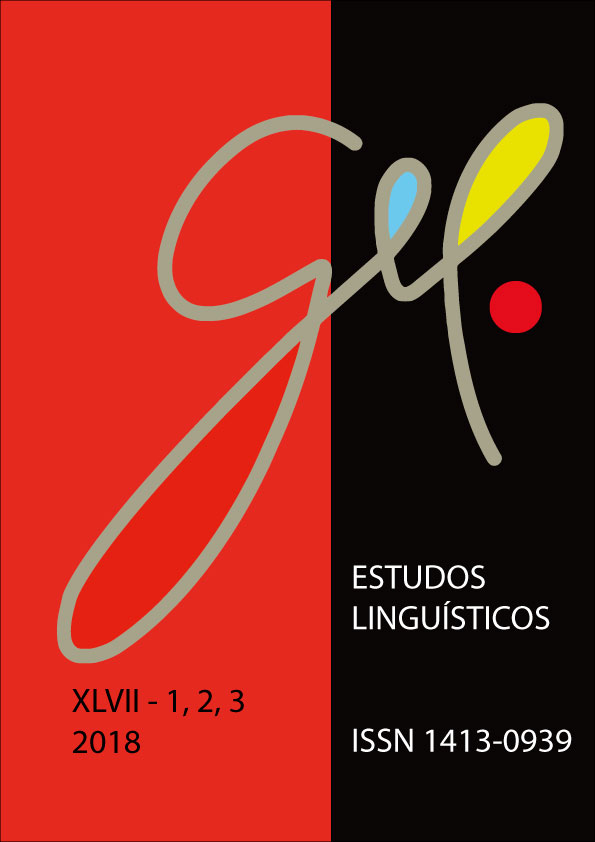Methodological tools for (socio)linguistic analysis
DOI:
https://doi.org/10.21165/el.v47i1.2047Keywords:
methodological tools, variation and changeAbstract
One of the most relevant steps in any scientific research is the choice of the methodological basis that will enable its realization. This choice depends, of course, on the object of study and on the theoretical approach adopted. Many theoretical models in linguistic studies invest in empirical analysis, facing the challenges generated by the manipulation of large volumes of data. Concerning (socio)linguistic studies, the methodology of the Theory of Linguistic Variation and Change stands out for the centrality attributed to obtaining, analyzing and interpreting data. In this paper, we present the computational methodological tools AntConc, Excel and Goldvarb X, which help in accomplishing all the fundamental steps for the study of linguistic variation and change.Downloads
References
CHAMBERS, J. K. Sociolinguistics Theory: Linguistic Variation and its Social Significance. 2. ed. Oxford: Blackwell Publishers, 2003.
GUY, G. R.; ZILLES, A. Sociolinguística Quantitativa. São Paulo: Parábola Editorial, 2007.
LABOV, W. Principles of Linguistic Change. v. 3: Cognitive and Cultural Factors. Oxford: Wiley-Blackwell, 2010.
LABOV, W. Padrões sociolinguísticos. São Paulo: Parábola, 2008[1972].
LABOV, W. The Social Stratification of English in New York City. Cambridge: Cambridge University Press, 2006[1966].
LABOV, W. Some sociolinguistic principles. In: PAULSTON, C. B.; TUCKER, G. R. (Eds.). Sociolinguistics: the essential readings. Oxford: Blackwell, 2003. p. 234-250.
LABOV, W. Principles of Linguistic Change. v. 2: Social factors. Cambridge: Blackwell, 2001.
LABOV, W. Principles of Linguistic Change. v. 1: Internal factors. Cambridge: Blackwell, 1994.
LABOV, W. Building on Empirical Foundations. In: LEHMANN, W. P.; MALKIEL, Y. (Eds.). Perspectives on Historical Linguistics. Philadelphia: John Benjamins Publishing, 1982. p. 17-92.
MARCUSCHI, L. A. Produção textual, análise de gêneros e compreensão. São Paulo: Parábola Editorial, 2008.
MENDES, R. B. A Variação Linguística. In: FIORIN, J. L. (Org.). Introdução à Linguística I. Objetos Teóricos. 6. ed. São Paulo: Contexto, 2010. p. 121-140.
R TEAM, Development Core. R: A Language and Environment for Statistical Computing. Vienna, Austria: R Foundation for Statistical Computing, 2017. Disponível em: <http://www.R-project.org/>. Acesso em: 09 fev. 2015.
SARDINHA, T. B. Linguística de Corpus. Barueri: Editora Manole, 2004.
SANKOFF, D.; TAGLIAMONTE, S. A.; SMITH, E. Goldvarb X: A variable rule application for Macintosh and Windows. Department of Linguistics, University of Toronto, 2005. Disponível em: <http://individual.utoronto.ca/tagliamonte/goldvarb.html>. Acesso em: 09 fev. 2015.
WEINREICH, V.; LABOV, W.; HERZOG, M. Fundamentos empíricos para uma teoria da mudança linguística. São Paulo: Parábola, 2006[1968].



